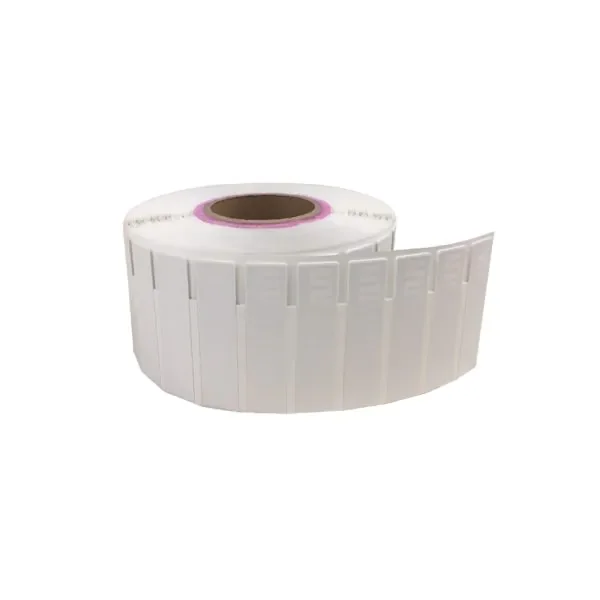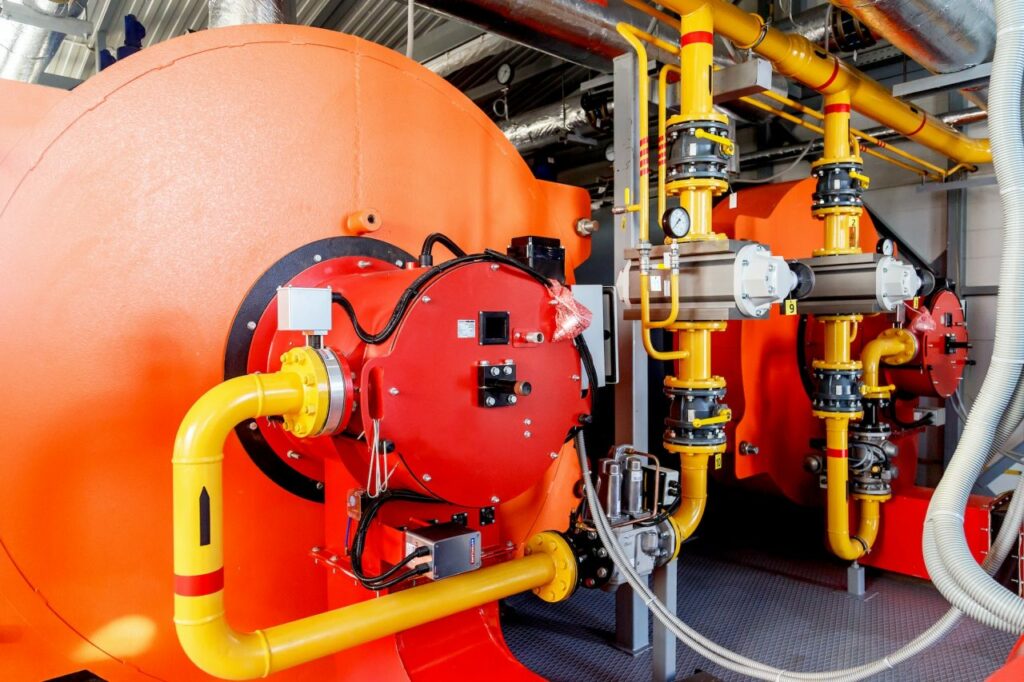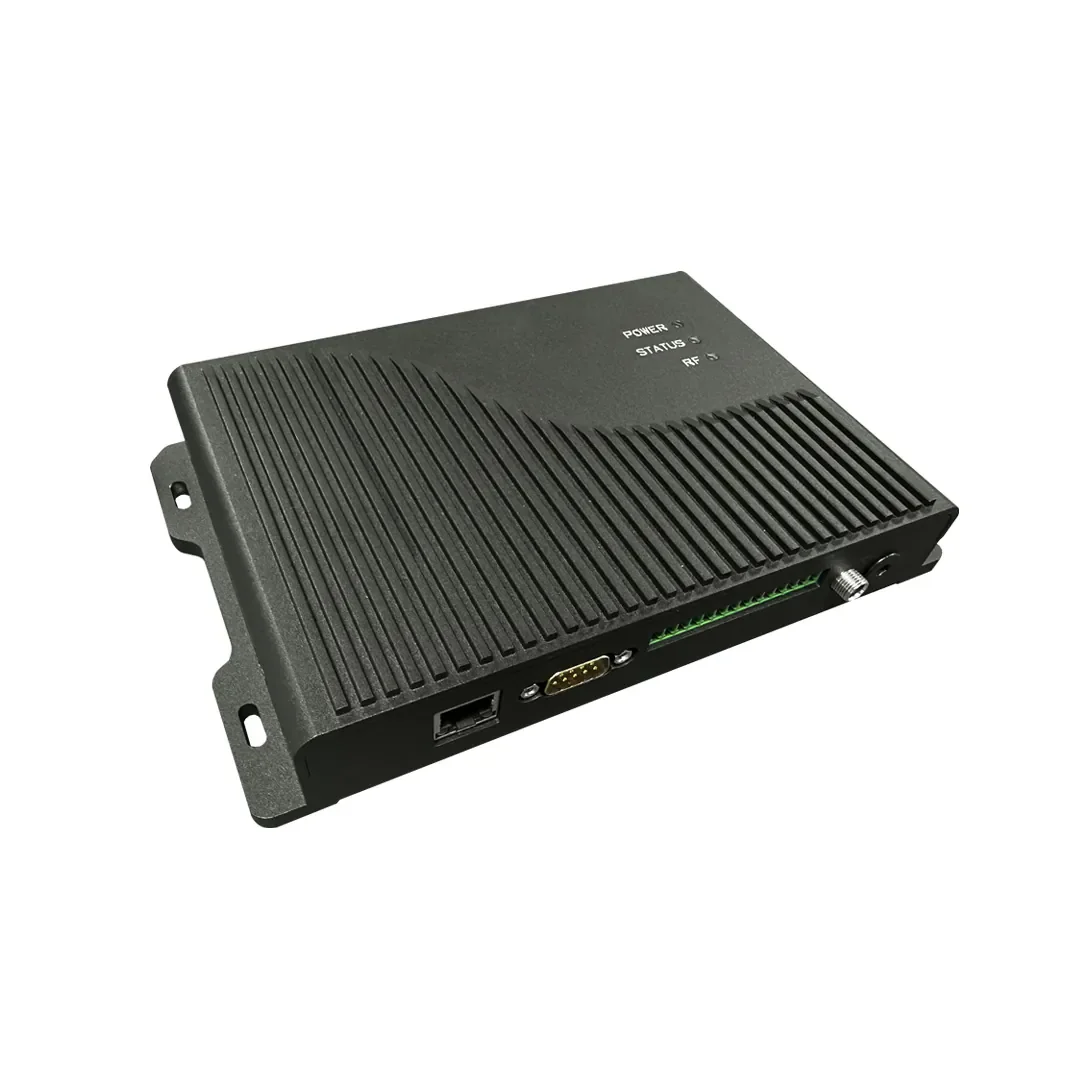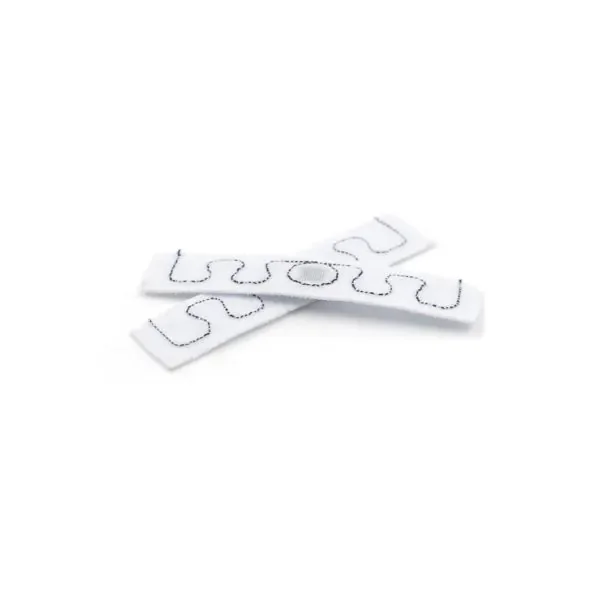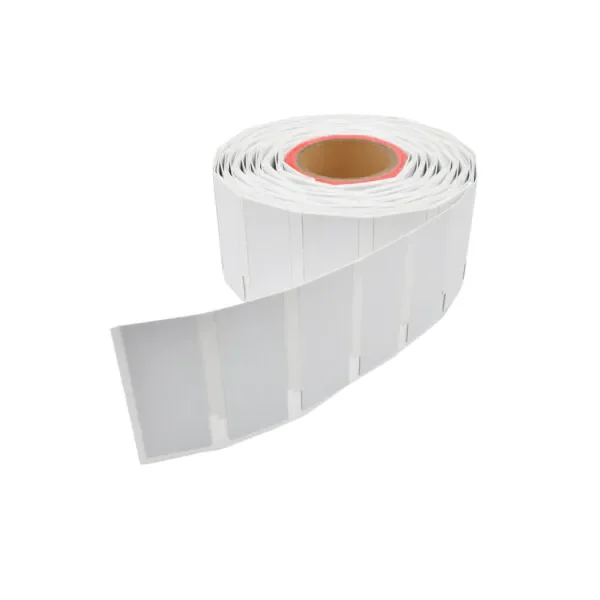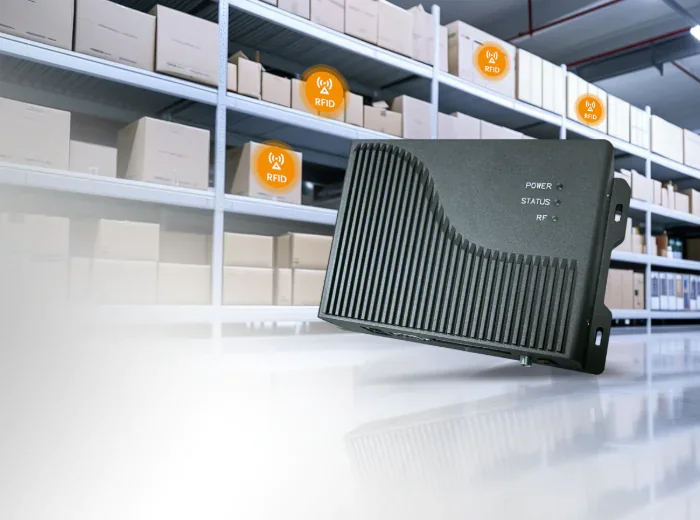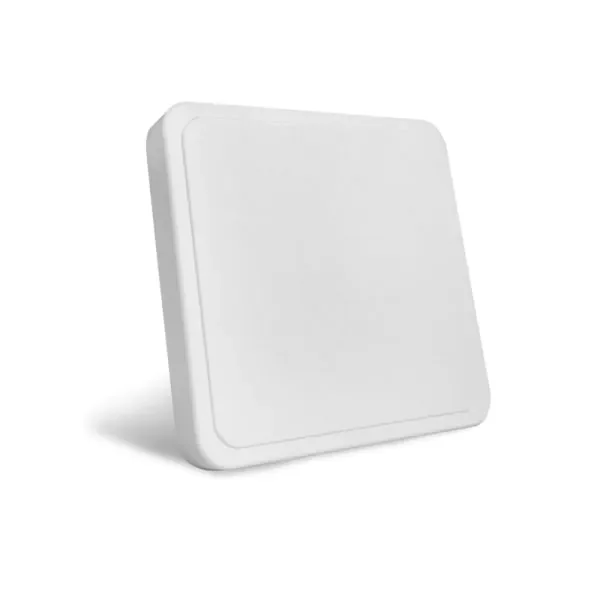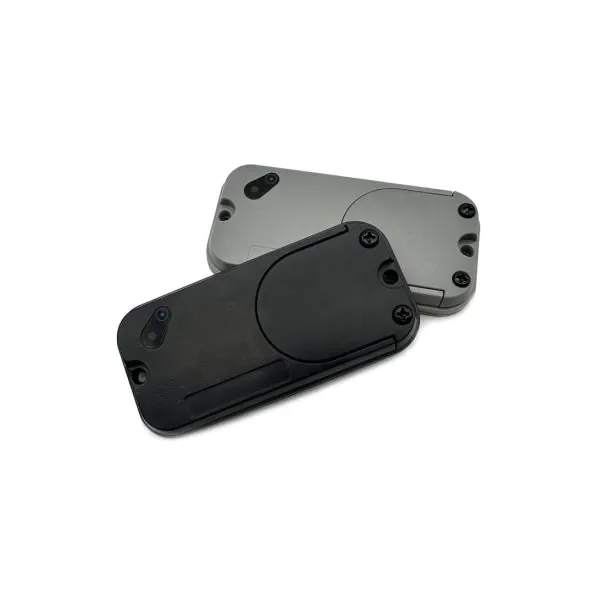At RSTC, we often find that the simplest technologies can be the most powerful. Many of our clients ask us a fundamental question: what is an RFID label? Also known as smart labels, an RFID sticker is a common sight, but its functionality goes far beyond a simple barcode. Essentially, these are paper or plastic labels with an embedded RFID inlay. RFID, which stands for Radio Frequency Identification, allows these RFID chip sticker products to communicate via radio waves. This guide will break down how they function and where they provide the most value for businesses.
Table of Contents
ToggleThe Core Components of an RFID System
An RFID label itself is only one part of a broader system. The label contains a tiny microchip and a small antenna, which together form the inlay. This inlay is then sandwiched between a face material and an adhesive backing, turning it into a functional RFID sticker. The system is completed by an RFID reader and its antennas. The reader sends out radio waves that create a specific interrogation zone. When an RFID chip sticker enters this zone, the antenna draws power from the reader’s signal, awakening the chip and enabling it to transmit its stored data back to the reader. This entire process, which happens in milliseconds, is what makes an RFID label a dynamic data carrier.
How RFID Labels Work in Practice
The practical magic of an RFID sticker lies in its lack of needing a direct line of sight. Unlike a barcode that must be scanned individually, a reader can capture data from dozens of RFID labels simultaneously, even if they are inside a box or hidden from view. This capability is transformative for operations that handle large volumes of items. The data on the chip within each RFID chip sticker can be as simple as a unique serial number or can contain more detailed product information. This data is then relayed to a central management system, providing immediate visibility and control over assets and inventory.
Common Uses for RFID Smart Labels
The versatility of this technology means an RFID label serves a purpose across numerous sectors. Based on our experience at RSTC, here are some of the most effective applications. For IT Asset Tracking, businesses use these labels to monitor equipment like laptops and servers, providing real-time visibility and ensuring assets are accounted for. In Inventory Management, these labels automate and streamline tracking, which reduces human error and optimizes stock levels. A significant advantage is in Metallic Container Tracking, where specialized RFID sticker designs work seamlessly on metal surfaces to ensure accurate data and prevent loss. Furthermore, for general Equipment & Device Tracking, companies keep track of valuable tools, ensuring they are maintained and accessible, which directly reduces operational downtime.
For us at RSTC, an RFID label is more than just a product; it’s a key that unlocks efficiency, accuracy, and deeper operational insight. Whether you refer to it as an RFID sticker, tag, or smart label, its function remains the same: to provide a reliable and automated link between the physical and digital worlds. Understanding what an RFID chip sticker is and how it can be applied is the first step toward modernizing your asset and inventory management processes. We provide the technology and expertise to make that transition smooth and effective.

